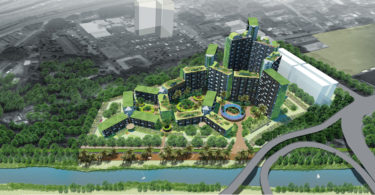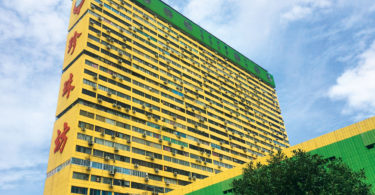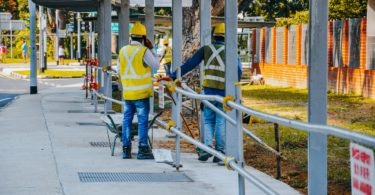The construction industry has been the backbone of the Malaysian National Development, which has seen double-digit growth from 2012 to 2014. Currently, the industry contributes 4 per cent to the GDP and is expected to increase to 5.5 per cent by 2020.
The construction industry has a two times multiplier effect, with more than 140 other industries relying on construction for their growth and sustainability. The value of construction work done on a quarter-on- quarter basis increased by 4.9 per cent, as compared to 4.7 per cent in the previous quarter. The construction growth was driven mainly by the civil engineering sub-sector.

In the third quarter of 2016, the construction sector grew 7.9 per cent. The highest growth was contributed by the civil engineering sub-sector with 19.3 per cent, followed by residential buildings (16.4 per cent) and special trade activities (4.2 per cent). Meanwhile, the non-residential buildings sub-sector registered a negative growth of 1.4 per cent. The value of construction work done continues to be dominated by the private sector. The private and the public sectors recorded figures of RM19.6 billion and RM12.3 billion respectively in the third quarter of 2016.
OPPORTUNITIES
The construction industry is the pivotal element in infrastructure development, which is an integral part of public policy in developing countries and provides employment opportunities. Due to the high demand for infrastructure and housing, the industry needs more workers. Currently, the industry employs a workforce of 1.2 million, representing 9.5 per cent of Malaysia’s total workforce. The industry will continue to evolve and the demand for skilled workers will increase to a critical level. With numerous projects in the pipeline, there will be opportunities for project financing and leasing of construction machinery and equipment.

SHORTAGES OF MANPOWER
The construction industry continues to face shortages of manpower. It is estimated that there are approximately 15,000 construction projects ongoing at any one time. Even with Malaysia’s low unemployment rate at 3.4 per cent out of the 31.7 million population, the country is still struggling to fulfil the labour demand in the construction industry. The industry is further burdened with issues in the hiring of foreign workers, which is now a tedious task due to constant change of policies as well as the recent increase in costs. Without sufficient skilled workers, development projects planned by the government will be impeded. With the rising cost of labour, project owners will be pushing the additional cost to the end users. Although the construction industry offers better-paying jobs than others, locals are still reluctant to join. Therefore, a change in mindset and training is necessary. The Master Builders Association Malaysia (MBAM) has been vocal on their members’ need of having more trained, skilled workers to reduce dependency on foreign workers. They are also working closely with the Construction Industry Development Board (CIDB), polytechnics and institutions of higher learning to grow the local trained, skilled workforce.
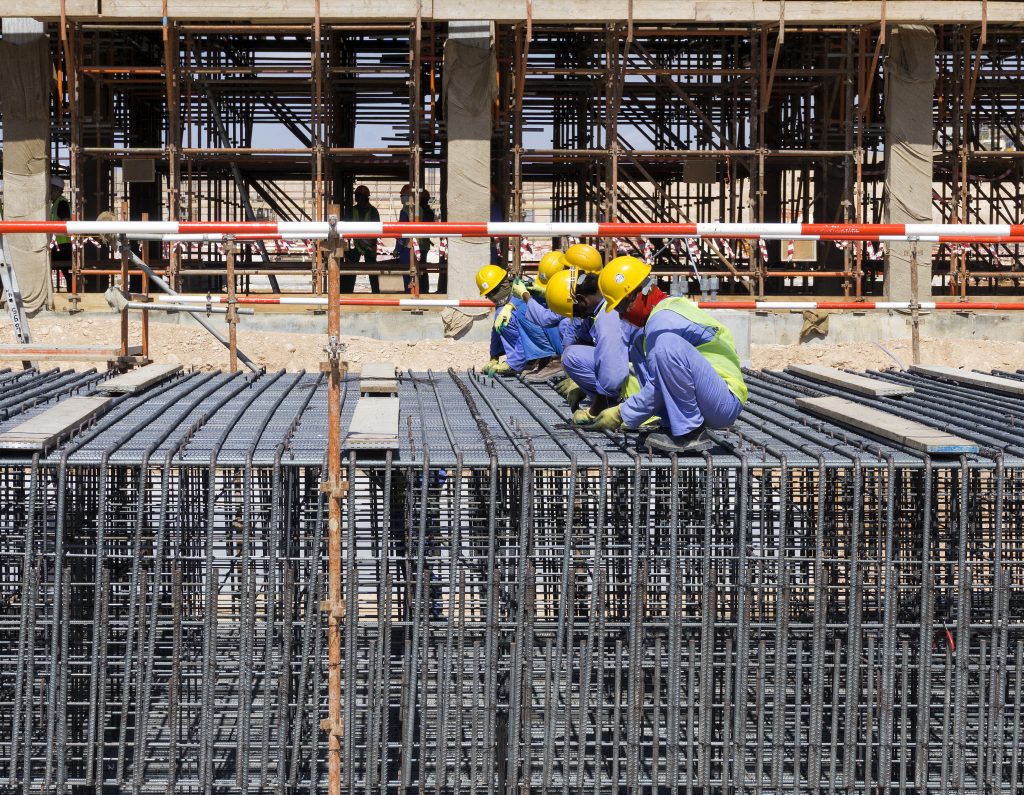
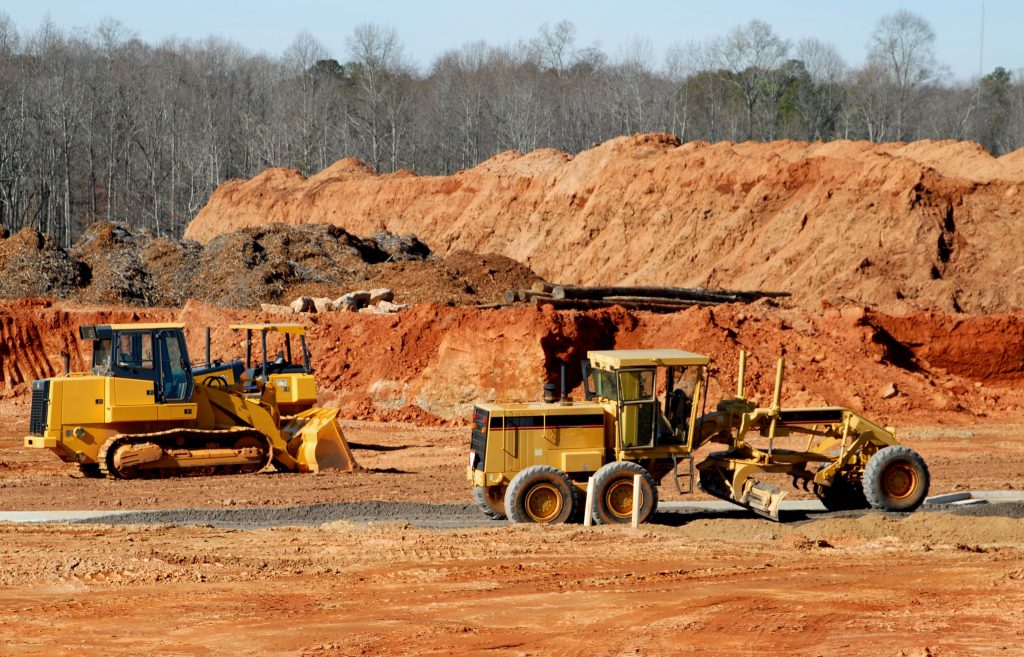
RESILIENCE OF THE CONSTRUCTION INDUSTRY
MBAM believes the government plays an important role as a catalyst to spearhead the economy. It needs to provide more funding to increase construction activities in order to stimulate economic growth. With the support from the government, the prospect of the construction industry will still be in good shape for years to come. Despite the economic downturn, the construction industry is considered as one of the fastest growing sectors due to the stable stream of projects awarded for the last few years. With intense demand for the development of infrastructure, as well as more efficient urban transportation and housing, the industry is expected to remain strong with the support of an estimated RM136 billion jobs in the pipeline.

FOO CHEK LEE
MASTER BUILDERS ASSOCIATION MALAYSIA (MBAM) PRESIDENT
Foo Chek Lee is the Managing Director of Pembinaan Mitrajaya Sdn Bhd. He has more than 37 years of experience in the construction industry, servicing both the public and private sectors. He is actively involved in MBAM as the Chairman of Safety and Health Committee, a post that he has held since 1999. Currently, he is the President of MBAM for the term 2016–2018. He is among the committee members involved in drafting and formulating the first Construction Industry Safety and Health Master Plan, and subsequently became one of the council members in the National Council on Occupational Safety and Health (NCOSH) for the last two terms (2009 to February 2015). He is a director in NIOSH Certification Sdn Bhd, a subsidiary of NIOSH. He is also one of the members of both the Thrust working groups and the Initiative working groups under the Construction Industry Transformation Programme (CITP). He is one of the members in the Construction Industry Development Board (CIDB) Committee, who are appointed by the government to look into best practices in the construction industry. He also serves in various capacities in matters related to health and safety in the Department of Occupational Safety and Health (DOSH) and CIDB working committees.





